What's wrong with synthetic colorants?
How nervous parents changed a whole industry

In 2007, Professor James Stevenson from Southampton University published a paper claiming that there was a link between the consumption of artificial food colorants and hyperactivity among children.
Stevenson’s paper discussed several synthetic food colorants with the letter “E”: E102, E104, E110, E122, E124 и E129. Although the British Food Standards Agency, which financed Stevenson’s research, admitted that there were no strict scientific facts to back up these claims, it called on local manufacturers to stop using the food colorants mentioned in the paper. European society enthusiastically latched on to these ideas, and numerous protests were held in the EU. Alarmed parents demanded for synthetic food colorants to be removed from food and drinks.
Manufacturers had to change the composition of hundreds of products. Synthetic food colorants (not just the six in Stevenson’s paper, but others as well) were replaced by colorants extracted from natural sources. Around 90% of food products that have appeared on the European market in recent years only contain natural pigments.
It’s not certain that European children immediately became healthier after these changes. But chemists and technicians were undoubtedly given a lot more work to do.
Manufacturers love “chemistry”
From the standpoint of a chemist and technician, synthetic food colorants are wonderful. They are durable, soluble in water, can be used in any recipe, and most of them do not change their color in thermal processing. Natural food colorants are much more complex: their appearance is affected by acidity, temperature, light and even contact with oxygen. Worst of all, far from all food colorings of natural origin dissolve well in water.
Yellow and red
Natural pigments are a very capricious bunch generally. For example, take beta-carotene, which replaced the synthetic food colorant “sunset” (E110). For E110, food technicians could use one universal solution, but for beta-carotene there are six versions, depending on what needs to be turned yellow – juice, candy or something else. Beta-carotene dissolves in fats, and sometimes it has to be used in products that contain a large amount of water. As fats do not mix with water, and the product must be colored evenly, stabilizers must be added – complex esters of sucrose. But with these stabilizers, the mixture is only stable in a strongly acidic medium, and if the pH is greater than 4, it separates.
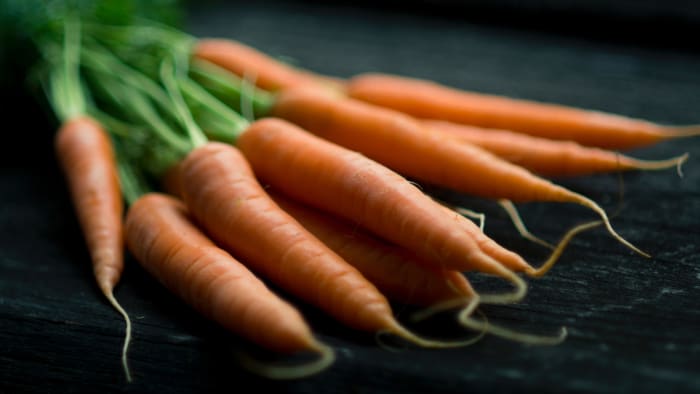
Manufacturers are saved by nanotechnology. To make beta-carotene and several similar compounds capable of coloring juices or dairy products, they are placed in hollow nanoparticles. In them, the coloring can spread throughout the product. But even with this method, different nano-capsules must be developed for different types of products.
After oxidation, carotenoids (the group that beta-carotene belongs to) lose their color. So to keep products on supermarket shelves looking fresh, anti-oxidants must be added to them. Usually, ascorbic acid and its derivatives are used as anti-oxidants, or tocopherol (food additives E306-E309). And if a product colored by carotenoids is placed in a transparent plastic container, in order to protect the pigments which break down in light, it must be encapsulated in starch or gum Arabic – a resin secreted by various species of acacia tree.
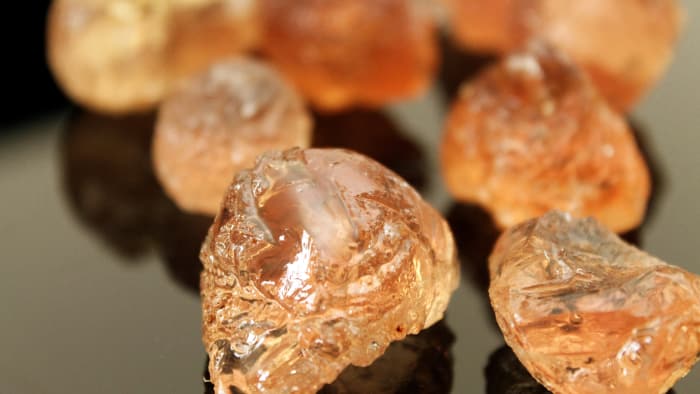
Carotenoid colorants are often made synthetically, and not from natural sources. And although beta-carotenes extracted from carrots and those manufactured in the laboratory are absolutely identical, particularly suspicious people consider these carotenoids to be artificial and unacceptable. Water-soluble natural colorants also exist. They are anthocyanins. They are made from anthocyans (isn’t that a surprise?) – substances which in nature often determine the color of the petals of flowers, fruits and autumn leaves. But there are also certain difficulties with anthocyanins: their color depends on the pH level. These compounds are in fact indicators of the basic medium: in a neutral medium anthocyanins, depending on their structure, may turn red, purple or blue, at a high pH level they become green or brown, and in an acid medium their color vanishes.
Another drawback of anthocyanins is their sensitivity to light. And here, unlike carotenoids, ascorbic acid does not help, because it decolorizes anthocyanins itself.
Another natural water-soluble pigment, curcumin, is made from turmeric root. The bright lemon-yellow color of curcumin quickly turns dull in the light and breaks down in drinks, especially under the joint impact of light and water, so it can’t be used to color fizzy drinks.
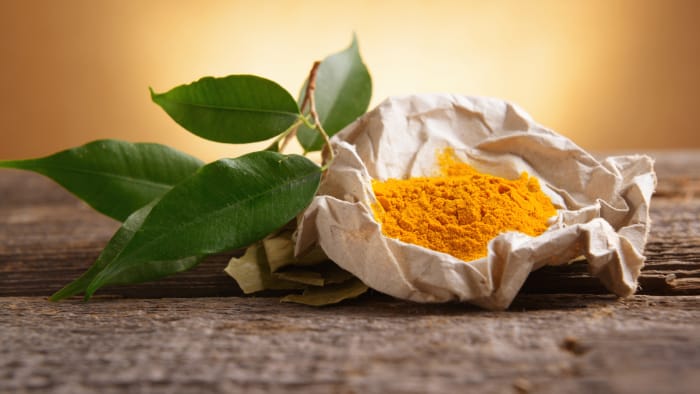
Even when chemists manage to color a product with natural colorants, not all modern consumers are always happy with the ingredients. For example, many manufacturers have stopped using one of the best natural colorants, carmine (E120), which gives an intense and durable red color. Carmine is a colorant of purely natural origin, but it is made from the female scale insects Dactylopius coccus. This is why vegetarians will not eat food containing E120. Additionally, it is prohibited in halal and kosher food. When possible, carmine is replaced by anthocyanins, but otherwise betanin (E162) is used, a pigment that is found in beetroot. Some types of beetroot are grown specially for making betanin.
The main drawback of betanin is that when heated, it changes its color from red to brown, and like most natural colorants, it breaks down in light. This doesn’t look very appetizing, you must agree. An ideal product for betanin is ice cream, which is stored in cold and dark conditions. Incidentally, this is why strawberry ice cream contains a little beetroot. But with food that must be heated, sometimes the entire manufacturing technology must be changed, with colorants added to the finished product.
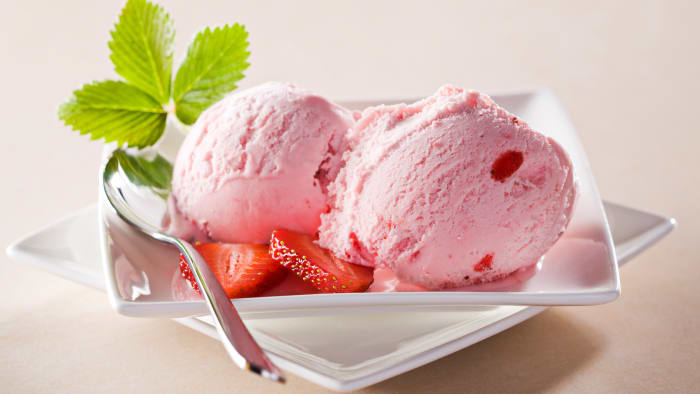
Green and blue
Even more problems arise when food needs to be colored green or blue. This is because there are far fewer natural green or blue colorants than orange and red pigments that preserve their colors during and after cooking.
Usually, chlorophyll is used as a green colorant, the same chemical that makes leaves green. Or a derivative of it, copper chlorophyllin. You can get a light green color by mixing any of these substances with curcumin. However, chlorophyll and copper chlorophyllin lose their color in an acid medium, but until the expiry date of most products, these pigments keep their color. Not without the help of stabilizers, of course.
The only currently available blue pigment of natural origin is the colored protein phycocyanin, which is secreted by cyanobacteria (blue-green algae). But as this is a protein, it can only be used in products with a neutral pH, for example in hard candies.
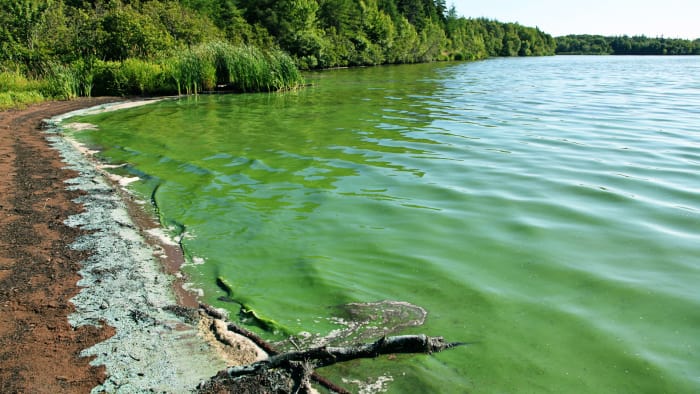
In Europe chlorophyll derivatives and phycocyanin are permitted, but in the USA chlorophyll and copper chlorophyllin are prohibited. This means that American food manufacturers have to make green food colorants by mixing phycocyanin with curcumin. Incidentally, even though curcumin is a pigment of natural origin, it appears on the list of ingredients as colorant E100. So the letter E with numbers after it does not always mean that the product contains anything synthetic.
Keeping capricious customers happy
When manufacturers put out a new line of products containing natural colorants on the market, everything goes quite smoothly: consumers don’t have preconceptions about the color of juice or candy, as long as it tastes good. But it’s another matter with products that have been on the market for a long time, where synthetic colorants were replaced with natural ones. In Europe, and especially in the USA, consumers are used to the bright colors of synthetic food colorings. People are not particularly happy when familiar products turn a dull color when natural pigments are used. Another important factor is that these replacements usually make the product more expensive. The only method that helps to attract consumers is advertising campaigns that explain that although their favorite orange candy doesn’t look as bright as it used to, now it is colored by natural carrots, and not by some synthetic E122. Although this approach only increases the irrational fear of everything chemical. The only undisputed advantage of this paranoia is that new studies and experiments are carried out for the benefit of humanity.
If you liked this article, share it with your friends!